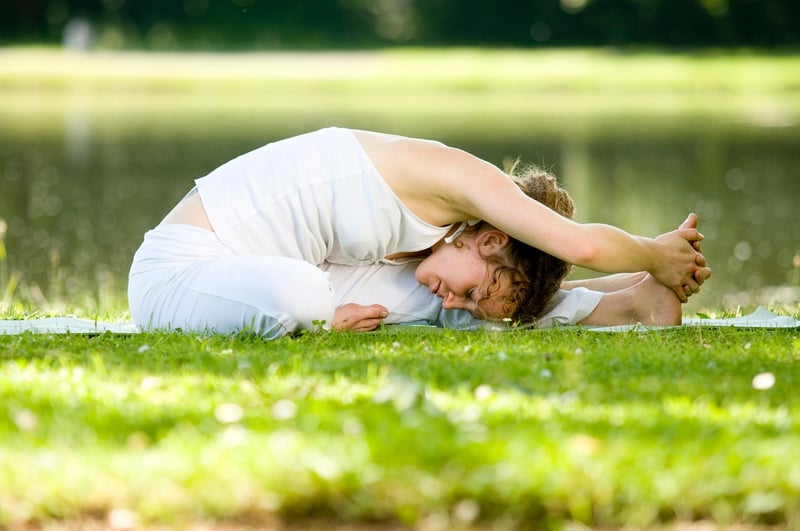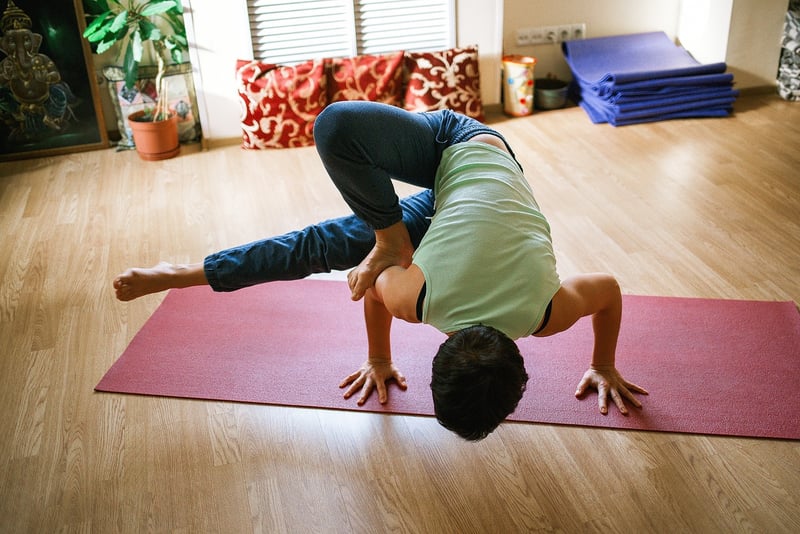Restorative Yoga
The Power of Physical and Mental Practice Combined with Restorative Yoga
In today's fast-paced world, finding a balance between physical and mental well-being is essential for overall health. Integrating both physical and mental practices into your routine can help you achieve harmony and vitality. One such practice that combines the benefits of physical exercise and mental relaxation is Restorative Yoga.
Benefits of Physical and Mental Practice:
Engaging in physical activities such as yoga, Pilates, or strength training can improve your physical health by increasing flexibility, strength, and cardiovascular endurance. These activities also release endorphins, the body's natural mood elevators, which can help reduce stress and anxiety.
On the other hand, mental practices like mindfulness meditation, deep breathing exercises, or visualization techniques can enhance mental clarity, focus, and emotional well-being. These practices promote relaxation, reduce negative emotions, and improve overall cognitive function.
Restorative Yoga:
Restorative Yoga is a gentle form of yoga that focuses on relaxation and stress relief. It involves holding poses for an extended period, typically 5-10 minutes, while using props like blankets, bolsters, and blocks for support. This practice allows the body to relax deeply, releasing tension and promoting a sense of calmness.
Restorative Yoga is especially beneficial for individuals dealing with high levels of stress, anxiety, or chronic pain. It can help improve sleep quality, reduce muscle tension, and enhance overall well-being. The slow-paced nature of Restorative Yoga also encourages mindfulness and introspection, allowing practitioners to connect with their inner selves.
How to Incorporate Physical and Mental Practice with Restorative Yoga:
- Start your day with a short meditation or deep breathing exercise to set a positive tone for the day.
- Engage in physical activities like yoga or Pilates to strengthen your body and improve flexibility.
- Include Restorative Yoga sessions in your weekly routine to promote relaxation and stress relief.
- Practice mindfulness throughout the day by staying present and focusing on the task at hand.
- End your day with a restorative pose like Legs-Up-the-Wall to unwind and prepare for a restful night's sleep.
Conclusion:
By combining physical and mental practices with Restorative Yoga, you can create a holistic approach to health and well-being. Taking care of both your body and mind is essential for achieving balance, reducing stress, and enhancing overall quality of life. Make time for yourself each day to engage in these practices and reap the numerous benefits they offer.
Remember, a healthy body and a peaceful mind are the foundation for a fulfilling and joyful life.

Image Source: Pixabay
